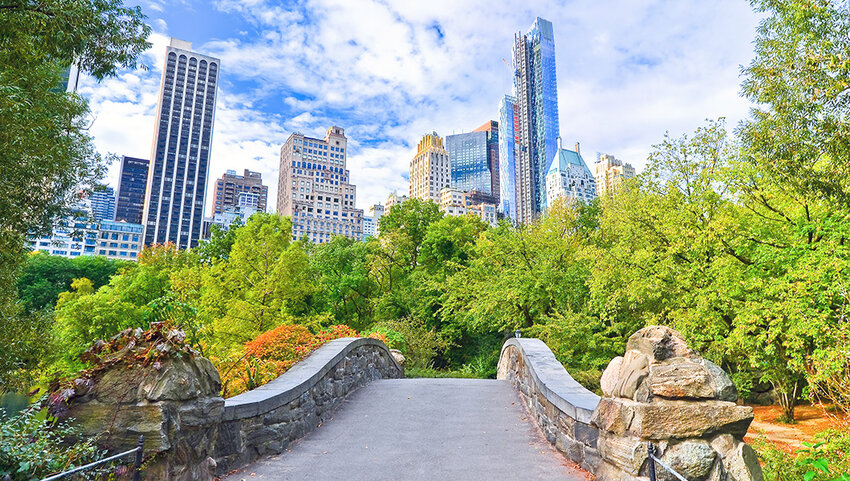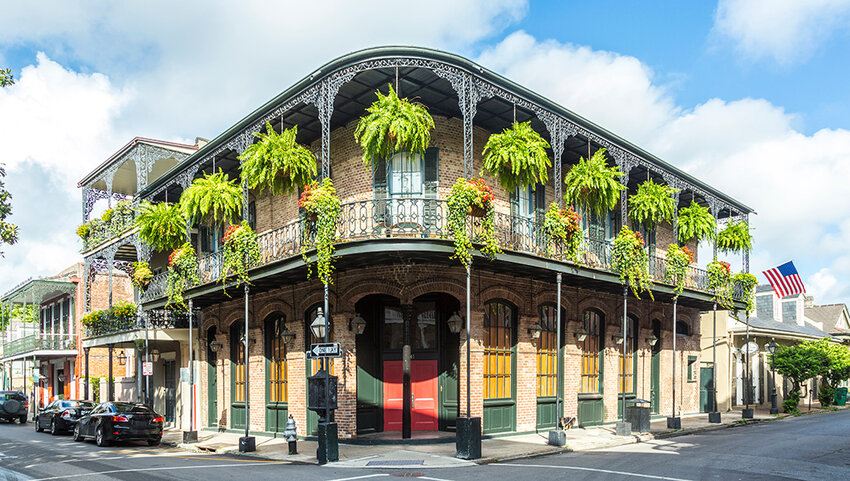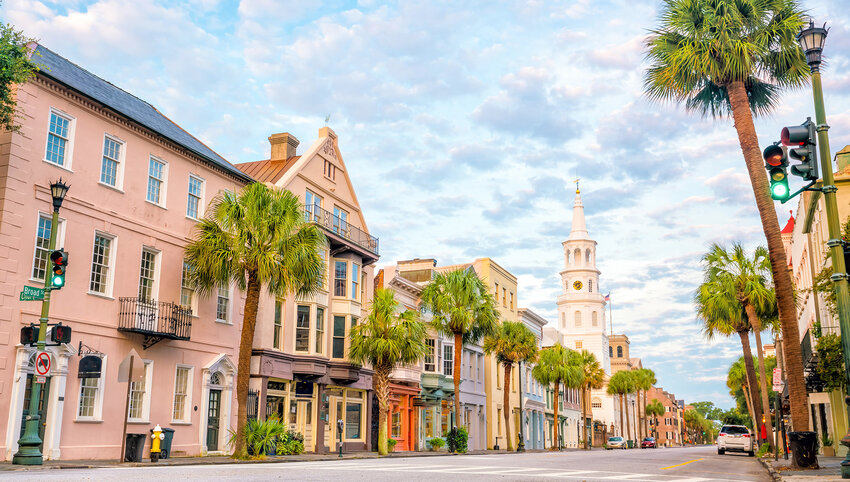It’s a myth that you need a car to explore America’s cities. Many of the nation's metropolises are more pedestrian-friendly than you think and you’ll be pleasantly surprised at how much more detail you'll see if you slow down the pace. Whether you set out for an aimless stroll or sign up for a themed walking tour, you’ll be glad you opted for two feet rather than four wheels. If you really want to ensure this kind of mobility, check out the most pedestrian-friendly cities in the U.S.
New York City, NY

Walking in New York City is often a joy, particularly in leafy neighborhoods like Manhattan’s West Village and Cobble Hill in Brooklyn. Ditching the subway allows you to appreciate the city’s varied architecture, from residential brownstones to the glittering glass and steel skyscrapers of the Financial District and Midtown. The city’s also packed with glorious parks. Take a stroll along the popular High Line, which repurposes a derelict elevated railway line linking the Meatpacking District and Hudson Yards. Head over to Brooklyn to potter through the 526-acre Prospect Park or follow the winding paths through Central Park to the Conservatory Garden and Harlem Meer. Crossing the iconic Brooklyn Bridge on foot is a rite of passage for first-timers, while those wishing to broaden their horizons could wander through the New York Botanical Garden or explore historic Richmond Town on Staten Island.
New Orleans, LA

The Big Easy celebrated its 300th anniversary in 2018 and you’ll love admiring its Spanish and French architecture at an unhurried pace. Admire the ornate wrought iron balconies of Creole townhouses as you nose around the French Quarter while listening to the jazz melodies that float out of open windows and doors. To the north, explore colorful Tremé, stopping through Louis Armstrong Park and Congo Square, where in the early years, slaves once met to dance and socialize. A tram ride away you’ll find the magnificent Garden District and Audubon neighbourhoods, known for their grand mansions. Audubon Park is one of the New Orleans’ finest green spaces, riddled with walking trails. Throughout the city, guided walking tours unlock the stories of the city’s food, cemeteries, ghosts, and voodoo heritage.
St. Louis, MO

Downtown St. Louis is eminently walkable. Spend time on the banks of the Mississippi as you visit Gateway Arch National Park. Learn about the country’s 19th-century westward expansion before riding the arch’s unique tilting tram cars to the viewing platform at the top of the 630-foot-tall structure. Back at ground level, it’s just a few blocks to the restaurants and businesses of downtown. Efficient public transit whisks you across the city to Lafayette Square, the city’s oldest historic district. This neighborhood centers on a park lined by colourful homes. A few miles west, the 1,300-acre Forest Park is criss-crossed by trails; team it with the city’s Muny Theater or museums devoted to art, history and science. When you need to refuel, grab a slice of Gooey Butter Cake at one of the city’s bakeries or try a cup of frozen custard. And while you’re car-free, catch the bus to the Anheuser-Busch brewery, as you’ll be able to sample the beer without having to choose a designated driver.
Charleston, SC

Genteel Charleston is delightful to explore on foot. Sign up with one of its many walking tour providers and delve into the city’s fascinating backstory. Dive into cute alleyways and amble along cobblestone streets to admire charming antebellum mansions fronted by immaculate gardens. They’ll give you a taste of what’s on offer, but you’ll be keen to push your step count. A must is colorful Rainbow Row. The buildings mostly date from the 1770s and 1780s, though the kaleidoscopic paint job is a tradition begun in the 20th century. To the south, hug the waterfront as you walk along The Battery to White Point Garden. Venture north and you’ll find yourself in the French Quarter, the original walled city. Many downtown landmarks house interesting museums, such as the Old Exchange and Provost Dungeon and the Slave Mart Museum.
San Francisco, CA

Some of San Francisco’s most iconic visitor attractions are best enjoyed on foot. Tread the boardwalks at Fisherman’s Wharf, for example, to see the sizable sea lion population that resides at Pier 39 in late summer to late spring. Staying by the water’s edge, you’ll enjoy the best views of the Golden Gate Bridge from places like Fort Point National Historic Site and Baker Beach. Hop on the ferry to visit the infamous prison island Alcatraz. Plan your walking routes carefully, however, as San Francisco’s streets are notoriously steep, and unless you have the stamina, climbing up them won’t be much fun. Instead, ride the city’s historic cable cars if you’re keen to explore sloping neighbourhoods such as Nob Hill. Alight at the top of Lombard Street to walk down the famously crooked road. You’ll need to stick to the sidewalk but as a pedestrian you’re allowed to stop and take photos – something that’s not permitted for drivers.
Philadelphia, PA

History buffs will enjoy exploring Philadelphia’s Independence Mall on foot. Begin at UNESCO-listed Independence Hall, the place where the Declaration of Independence and, later, the U.S. Constitution were both signed. From there, cross the street and join the queue to see the Liberty Bell, commissioned in 1752 but recast the next year after the original cracked. Reading Terminal Market is a 15-minute stroll away, the ideal place to grab a Philly cheesesteak for lunch. It’s a similar walk to Logan Square; en route, make a pitstop to JFK Plaza, home to Robert Indiana’s LOVE sculpture. Nearby you’ll find a slew of museums including the Academy of Natural Sciences of Drexel University, the oldest natural history museum in the country. A mile northwest, surrounded by parkland, is the Philadelphia Museum of Art.





